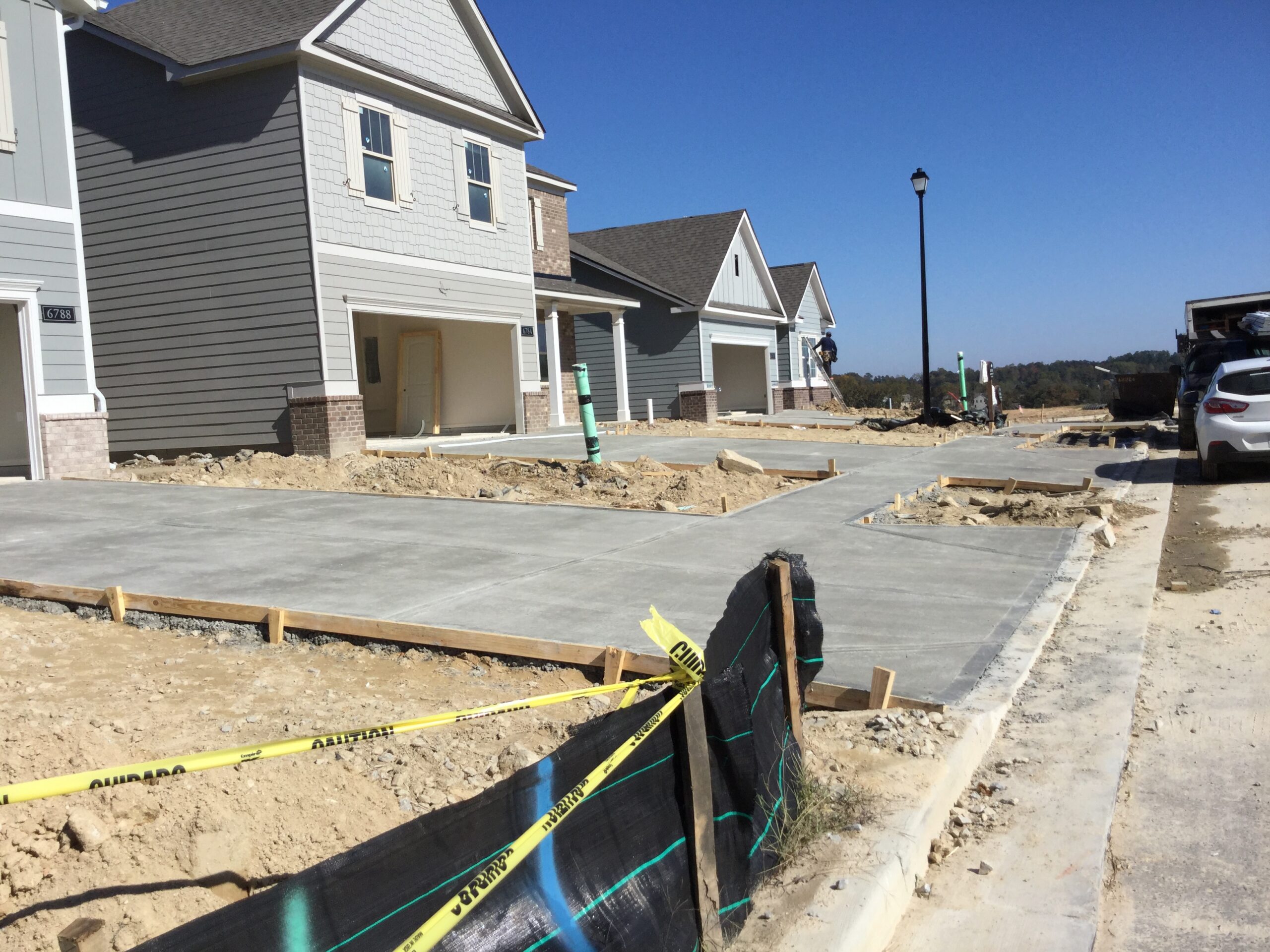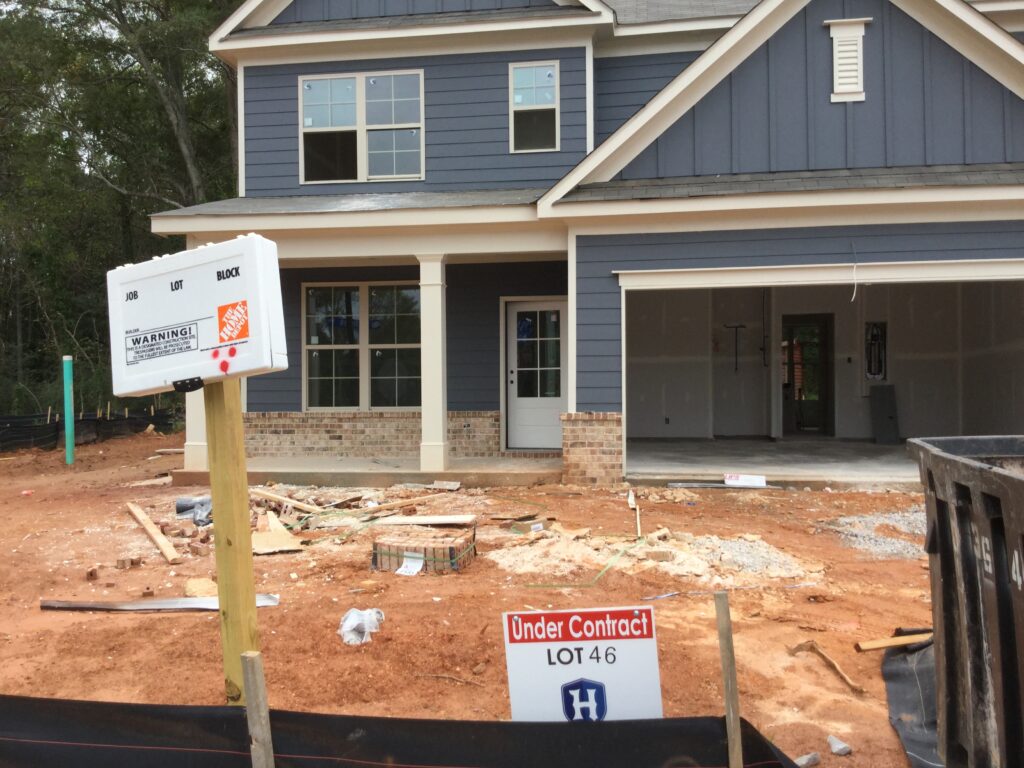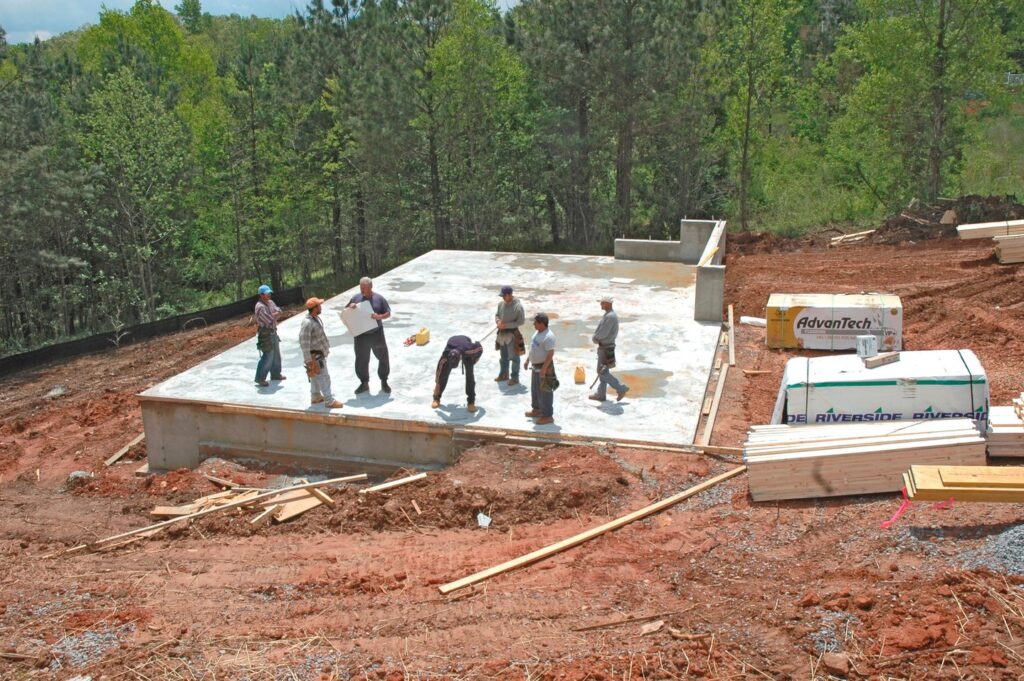
Tertiary Permittee Erosion and Sediment Control Plans
Tertiary Permittee Erosion and Sediment Control Plans
Private homeowners are often shocked to learn that their new dream home they are planning to build in a friendly subdivision where their children can safely grow up playing with their friends may likely require a NPDES Construction Stormwater Permit and all of its requirements, like an Erosion, Pollution, and Sedimentation Control Plan. Not only is this an extra financial burden, but the surprise often comes at the last minute before the first shovelful of dirt is planned to be broken.
At very minimum, 14 days will be lost since this is the mandatory waiting period required by the Permit starting the day a valid Notice of Intent (NOI) is filed to obtain permit coverage.
More important is another mandatory permit requirement. Before a NOI can be filed, a site must have an Erosion, Sedimentation, and Pollution Control Plan (ESPCP).
What is that? It’s an engineered plan of Best Management Practices (BMPs) specific to your site developed and drawn by a qualified design professional as defined by the permit.
The waiting period on that is likely many months, that is if you can find a qualified design professional to do it for you at all. The reality is most large firms focus on large clients where margins are high and projects are scheduled years in advance.
Riverbend Environmental, Inc. is a small firm and we love the personal relationships we build with helping small clients solve their problems and realize their dreams. We are a qualified design professional and not only can develop the Erosion, Sedimentation, and Pollution Control.
Plan for your site as quickly as possible, we can also assist you by using the Georgia
Environmental Protection Division’s online permitting system to both obtain permit coverage and then terminate permit coverage when the project is complete, a task that many people just wanting to build a house for their family find complicated and frustrating to say the least.
But this only applies to large sites, nothing like my 0.5 acre lot, right?
No, it applies to any lot, regardless of size. What is key is if you lot is part of a “common development” as defined by the NPDES Storm Water Discharges Associated With Construction Activity For Common Development Construction Projects (GAR100003). The permit defines a common development as:
“Common Development” means a contiguous area where multiple, separate, and distinct construction activities will be taking place at different times on different schedules under one plan of development on or after August 1, 2000.
The Permit defines tertiary permittee as: “Tertiary Permittee” means either the Owner or Operator of a remaining lot(s) within a common development (as defined in this permit) conducting a construction activity where the primary permittee and all secondary permittees have submitted a Notice of Termination in accordance with Part VI.A.2. of this permit (excluding utility companies and/or utility contractors working under a Blanket NOI) or where a primary permittee does not exist.
In practice, what this means is if you want to build on an empty lot in any subdivision that was developed going back to August 1, 2000, you are required to have permit coverage as a Tertiary Permittee and meet all relevant requirements of the GAR100003 permit. If you have purchased a lot in a new subdivision that is still actively under development where there is still an active primary permittee (i.e. the main developer of the entire project), then you may be able to file as a secondary permittee under the primary permittee’s coverage, which is a much simpler process and doesn’t require you to get your own site-specific Erosion, Sedimentation, and Pollution Control Plan. However, large subdivision are often permitted in phases by a primary permittee, so just because you still see the primary permittee developer mass grading for new homes further down the street doesn’t necessarily mean that the area with your lot still has an active primary permittee, in which case you will be a tertiary permittee and all of the permit responsibilities that comes with it.
The question also frequently comes up, “I’m not really in a subdivision, it’s just an old abandoned farm where the new owner is selling a few lots for people to build on, so this doesn’t apply to me, right?”
The answer is it depends. If there is any common infrastructure installed to service the lots, for example a new main drive with individual driveways off of it, or a new water line installed by the property owner to service the individual houses on those lots, then yes, you are in an area that meets the definition of a common development. That is not an exhaustive list however, and each situation is different, so you are encouraged to contact us for a free consultation to discuss your situation. As always, should there be any question about what is or isn’t required, we recommend that you confirm that with your local Building or Planning and Zoning Department far in advance of your scheduled breaking ground.
Frequently Asked Questions
If you have additional questions reach out and a team member will get in touch with you.
A Tertiary Permittee Erosion and Sediment Control Plan (ESPCP) is a detailed plan required for individuals building on a lot within a common development when there is no active primary permittee. This plan outlines Best Management Practices (BMPs) to control erosion, sedimentation, and pollution during construction.
Yes, if you’re conducting construction activity in a common development (both as defined by the NPDES Storm Water Discharges Associated With Construction Activity For Common Development Construction Projects), you’ll need an NPDES permit, regardless of the size of your lot.
A common development refers to a contiguous area where multiple construction activities occur under one development plan. This can include subdivisions or any area with shared infrastructure developed post-August 1, 2000.
As a tertiary permittee, you are responsible for ensuring that your construction activities comply with the NPDES permit requirements. This includes a qualified professional developing an Erosion, Sedimentation, and Pollution Control Plan (ESPCP), implementing that plan by installing and maintaining Best Management Practices (BMPs), regular inspections of BMPs as required by the permit, etc.
You’ll need to file a Notice of Intent (NOI) through the Georgia Environmental Protection Division’s online system and develop an ESPCP. Riverbend Environmental can assist with both the permit application process and the development of the required plan.
If the primary permittee (usually the main developer) is still active, you might be able to file as a secondary permittee under their coverage, which is generally simpler. However, this depends on whether your specific lot still falls under the primary permittee’s active coverage.
Even in newly developed areas, if there is shared infrastructure or common development plans, you will likely need to comply with NPDES permit requirements as either a secondary or tertiary permittee.
Failure to comply with NPDES permit requirements can result in fines, stop-work orders, and other regulatory actions. It is crucial to understand and fulfill these obligations to avoid legal and financial penalties.
It depends on the specifics of your project and the land development history. If your lot is part of any development with shared infrastructure or common plans, you may still fall under the common development definition. We recommend consulting with Riverbend Environmental or your local Building or Planning and Zoning Department for clarification.



